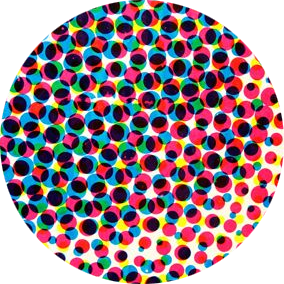Brutal/Juvenile Aesthetic in “Paper Girls”

Let’s discuss the broader symbolism of “Paper Girls.” The series creates a tonal spectrum that balances grim, existential brutality with visual icons of childlike glee, even to the point of absurdity. The result is an aesthetic that is both bleak & juvenile. #PaperGirls 1/6




We can actually see a similar approach in one of Vaughan’s other gigs, “Saga,” which uses spectacle-based animalization instead of Paper Girls’ more SF-oriented elements to achieve a sense of awe and wonder within an otherwise brutal world. 5/6

The result is balance – empowering the darker subject matter, but also a metatextual bit of time travel for the reader themselves as they get to regress into childlike wonder just a bit, thus allowing them to embody, simultaneously, the dual-aged perspectives of the heroes. 6/6
